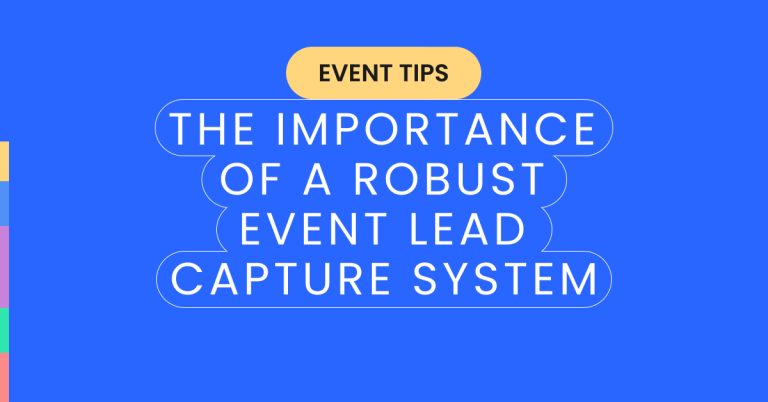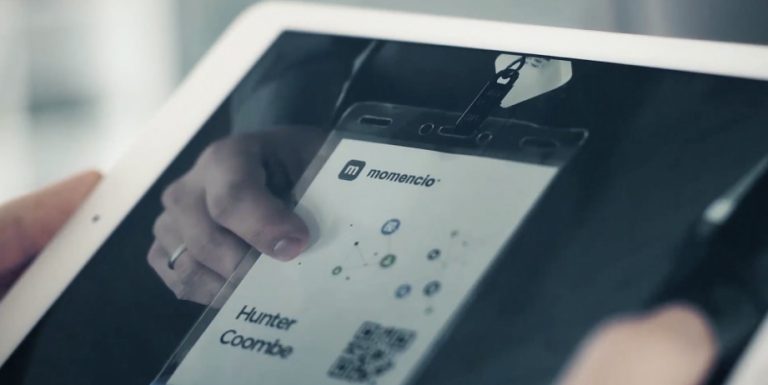Let’s face it, you practically broke your back to get this corporate event off the ground and you want to make it all worth it. Collecting the right event data is the first step. But it’s not just about data collection, it’s also about analyzing that event data and integrating what you’ve gleaned into your company’s plan of action.
Fortunately, what used to be a ridiculously time-consuming process is made easy with the proper data mining resources and a killer set of steps to ensure that data is utilized to its fullest extent. Powerful technology is now available to help companies extract the crucial details they need to thrive in a competitive market. You can finally understand your data and apply it to the sales process in a streamlined, efficient way.
It’s time to predict customer trends like nobody’s business, then make data-driven decisions that make your company’s ROI soar.
So how exactly do you do that?
1. Ask the right questions from your data.
Once the event’s in the bag (good job, by the way), develop a set of questions for the event data you’ve collected. Things like:
– Does this person fit our target audience/Is this person the right kind of buyer?
– What should follow-up look like with this person?
– When is this person most likely to buy?
– What needs to happen to make this lead convert?
– Did this event seal the deal for this lead or get them one step closer?
2. Make sure you used the best tools.
Whether your event booth took advantage of kiosks, tablets, wireless data entry, event management and CRM software, or an actual cyborg (okay, maybe not that), look over your data to ensure that your tools have collected what you really need. Leads can include things like handy tags, segmentation by zip code, notes on how data was collected for sales conversations and more. Your technological resources should help you convert leads faster and more efficiently than you thought possible.
Good data mining can:
– Forecast sales
– Calculate risk
– Generate recommendations
– Reveal customer buying patterns
– Develop sophisticated customer groupings
3. Create a timeline to realistically meet your goals.
Identify your targeted buyers, the event dollars it will take to reach them, and how to dispense the right amount of funds to make that happen. A detailed timeline can help you do just that. Bonus points for including the products and services that will require extra promotion as well as any opportunities or barriers that may pop up along the way.
4. Know the value of your spend inside and out.
Sophisticated reports will help you accomplish this. Extract management reports, performance graphs and expense reviews from Big Data to truly make the most of your event. See what your event dollars can do in terms of revenue by managing your data well. Then, incorporate those findings into the next round and watch the leads come rolling in.
Wring out those event logs ‘til they’re nice and dry. Discover what your target audience really needs and get the results you’ve been looking for with the best data mining resources in combination with the steps above.
If you really want to take things to the next level, access your prospective customers’ viewing habits in real-time with the momencio platform. Know when they’re sneaking a peek at what you offer and give yourself the chance to follow up at the right time with a customized solution. Measure engagement every step of the way through the buying journey. Have your tradeshow booth activity logged before you’ve even left the building. Get started today by requesting a demo and see for yourself.

